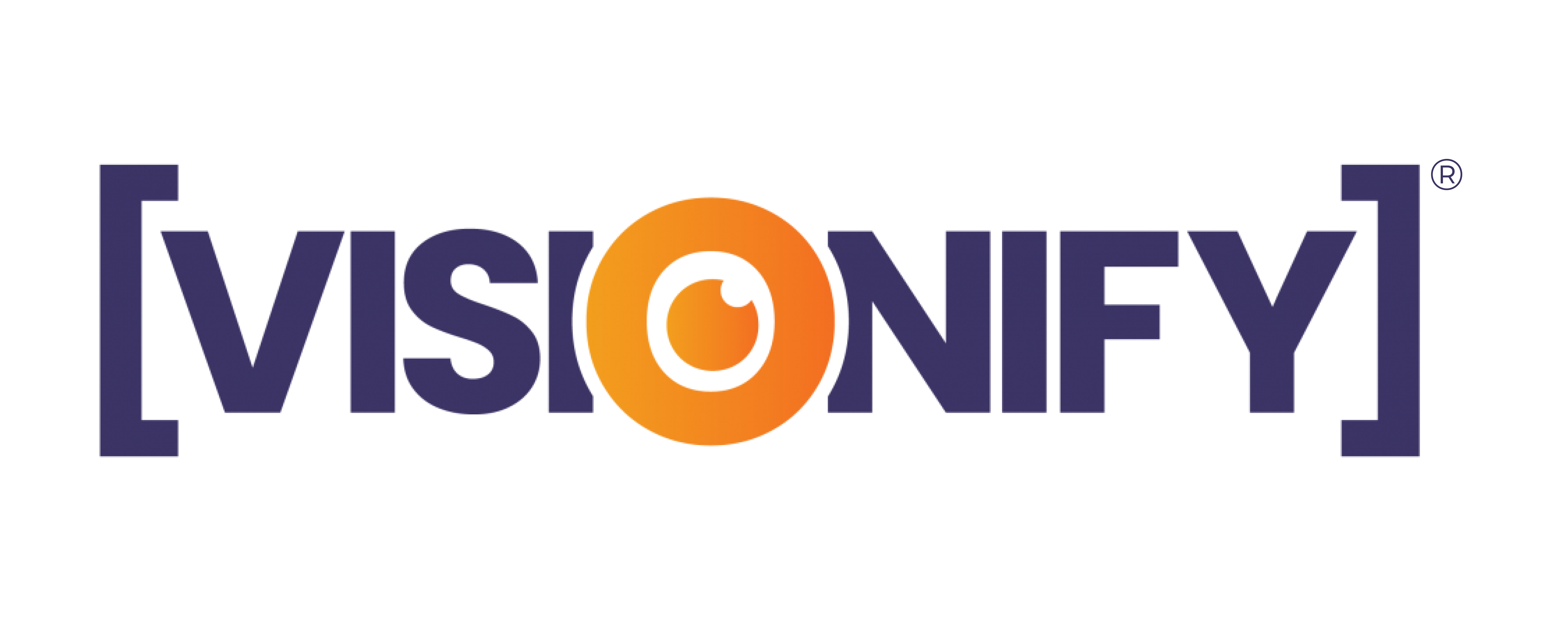Amid the fifth industrial revolution, with rapid technological advancements, some companies still adhere to old-fashioned safety practices. These traditional safety practices often incentivize good safety practices to encourage more compliance. Incentivizing safety often overlooks the risks. It is a complex approach and limited at the same time.
In today’s rapidly changing world, not embracing modern, tech-based safety solutions is like pushing your organization back, making your workplace a breeding ground for accidents and mishaps. Such resistance also leads to inefficiency in operations, hindering the progress of your workplace.
How Technological Revolution is Impacting on Workplace Safety

The impact of the tech revolution on workplace safety has been monumental. Cutting-edge developments like Vision AI, IoT sensors, and automated systems are revolutionizing safety measures through enhanced precision and efficiency. These technologies can potentially overhaul existing safety protocols, significantly reducing accidents and safeguarding lives. Despite these advances, some organizations remain hesitant to adopt these new technologies, instead continuing to lean on established safety incentive models.
Fatal Flaw: Relying on Incentives for Safety in an Era of Technological Advancement
Maintaining safety incentives as the main approach in a technology-centric era has its downsides. This adherence poses significant challenges, which we will delve into in the following sections.
Complacency in the Midst of Technological Advancements
As the industrial sector progresses, innovative technologies like predictive safety tools and wearable devices are becoming crucial for ensuring workplace safety. Nonetheless, firms that rely heavily on traditional safety rewards may inadvertently lead to complacency among their staff. This issue arises when employees receiving rewards for maintaining a safe work environment may need to pay more attention to the importance of engaging with new safety technologies, assuming that fulfilling the criteria for incentives is adequate. Such an attitude could be detrimental in a setting where technological advancements have the potential to improve safety measures significantly.
The Threat of Data Distortion

In the contemporary era, where accurate data is critical for workplace safety, technologies like Vision AI and IoT sensors play a crucial role in enhancing hazard detection and safety protocol. However, when safety incentives focus solely on incident-free records, it can lead to underreporting of accidents by employees striving for rewards. This misrepresentation distorts the reality of workplace safety, creating potentially hazardous situations and undermining organizational trust. It highlights the necessity for a balanced approach to safety incentives, emphasizing the importance of maintaining data integrity alongside promoting a safe working environment.
Redirected Focus and Its Impact
Safety incentives, while meant to enhance workplace safety, can sometimes lead to misplaced priorities. Employees focusing primarily on rewards might overlook the essence of safety – the well-being of workers. Emphasis should be on adopting new technologies and proactive safety measures rather than solely on incentives, which can detract from these vital areas. Over time, safety incentives may lose their appeal and effectiveness, especially if they are tied to financial rewards and remain unchanged, leading to a routine and entitlement mentality. Further, group incentives can also lead to undesirable dynamics among staff.
Companies that rely on outdated incentive methods face difficulties in developing an authentic culture of safety, as employees might view safety measures as just a means to achieve rewards rather than a joint commitment to everyone’s health and safety.
In industries like construction and manufacturing, where traditional safety incentives still prevail, there’s a noticeable shift towards technology-driven solutions. For instance, in construction, the implementation of Vision AI for site inspections has markedly improved safety. Similarly, in manufacturing, the application of Vision AI for detecting PPE usage, slips, falls, and other incidents has shown a significant decrease in accidents. This shift indicates the growing need for balancing traditional safety measures with technological advancements to keep pace with the evolving safety landscape.
Essential Equilibrium
Integrating elements of incentive programs while incorporating technological innovations is feasible. This approach allows for the retention of motivational aspects of incentives while leveraging the advancements in safety technology.
Advancing Safety Rewards
Adapting safety incentives to the dynamic technological landscape is crucial. The emphasis should shift from rewarding for lack of accidents to recognizing proactive participation in safety programs, understanding and using new safety technologies, and vigilance in reporting hazards. This approach encourages a more active and technologically aware safety culture.
Cultivating a Technology-Embracing Environment
Emphasize the essential role of integrating technology in enhancing safety measures at the workplace. It’s crucial to encourage employees to adopt new safety technologies and ensure they are adequately trained and proficient. This approach emphasizes the active promotion of a tech-oriented safety culture.
Navigating Towards Technologically Enhanced Safety
In the current era of Industrial Revolution 5.0, companies need to evolve from old safety incentives to innovative, technology-based methods such as Vision AI. Adapting to these advancements is key to maintaining relevance and safety in the ever-changing workplace. Businesses must find a balance between new technological solutions and established safety practices to protect their employees and ensure the sustained success of their organization.


